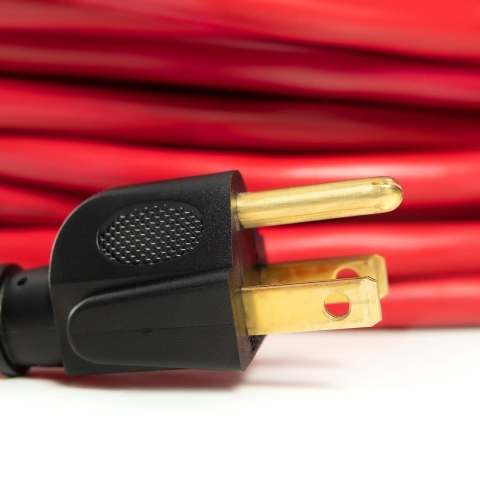Preventing Hay Fires

Avoid storing all hay in one spot to reduce loss in case of fire
Excessive moisture in hay poses a significant risk for hay fires. High-moisture haystacks or bales can undergo a chemical reaction, producing flammable gas that ignites at temperatures around 130°F. This danger exists whether the hay is loose, baled, or stacked, regardless if it is stored indoors or outdoors. Small, stacked bales are at risk when moisture content is 20 percent or higher, while large square or round bales are at risk at 18 percent moisture or higher. Hay fires typically occur within six weeks of baling.
Preventing hay fires:
- Weather during curing greatly affects moisture content. Ensure hay is properly cured before baling by avoiding baling hay in the early morning if humidity has increased overnight.
- Use conditioning equipment to speed drying and specialized hay equipment to minimize moisture.
- Avoid storing all hay in one spot to reduce loss in case of fire.
- Regularly check hay moisture levels and watch for signs of heating.
Stacking hay in the field or barn:
- Stack hay packages tightly to resist rain penetration.
- Use waterproof covers to shield from rain if storing outside.
- Allow air circulation around stacked bales and protect from ground moisture with gravel, tires, or pallets.
- Check newly stacked hay frequently for heating.
- If temperature reaches 130°F, relocate the hay to improve air circulation.
Storing hay inside:
- Ensure barn roofs and plumbing are free of leaks and have proper drainage systems in place.
If fire is likely:
- Call the fire department if hay temperatures exceed 175°F or if smoke or a fire is detected.
- Do not move hay to prevent exposing it to oxygen, which could lead to uncontrolled fires.
- Evacuate livestock if hay is stored in a building with them.
Sources: National Ag Safety Database, Purdue Extension, North Dakota State University
The information presented in this document is for informational and educational purposes only. It is intended to assist individuals, farmers, and business owners in identifying common hazards/risks and considering proactive loss prevention or loss mitigation actions. For information related to specific loss hazards or questions regarding specific policy coverage, please contact your insurance agent.



























